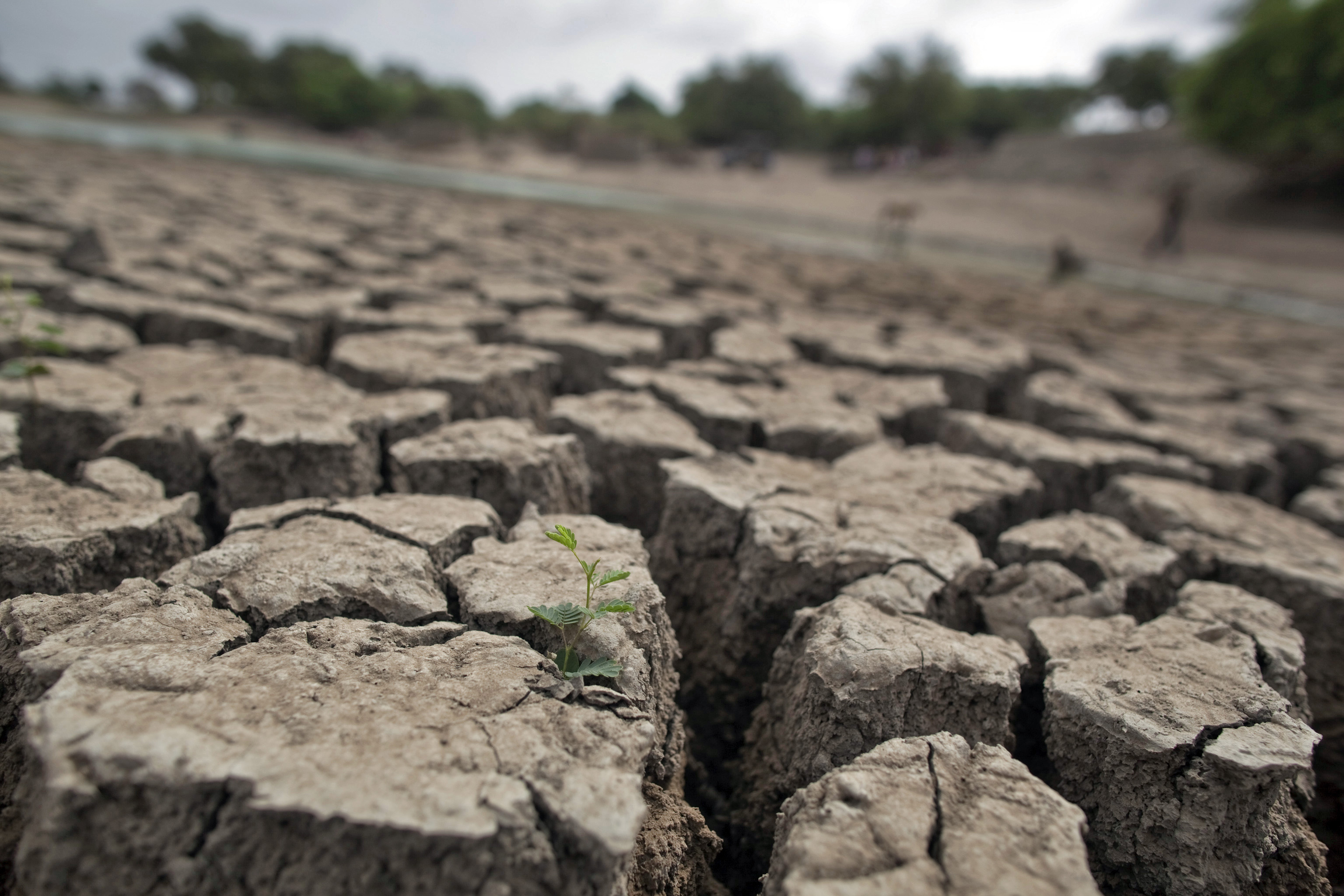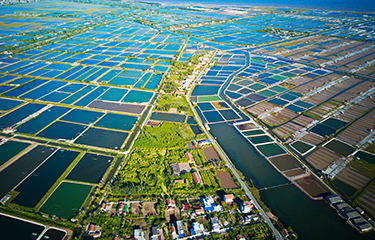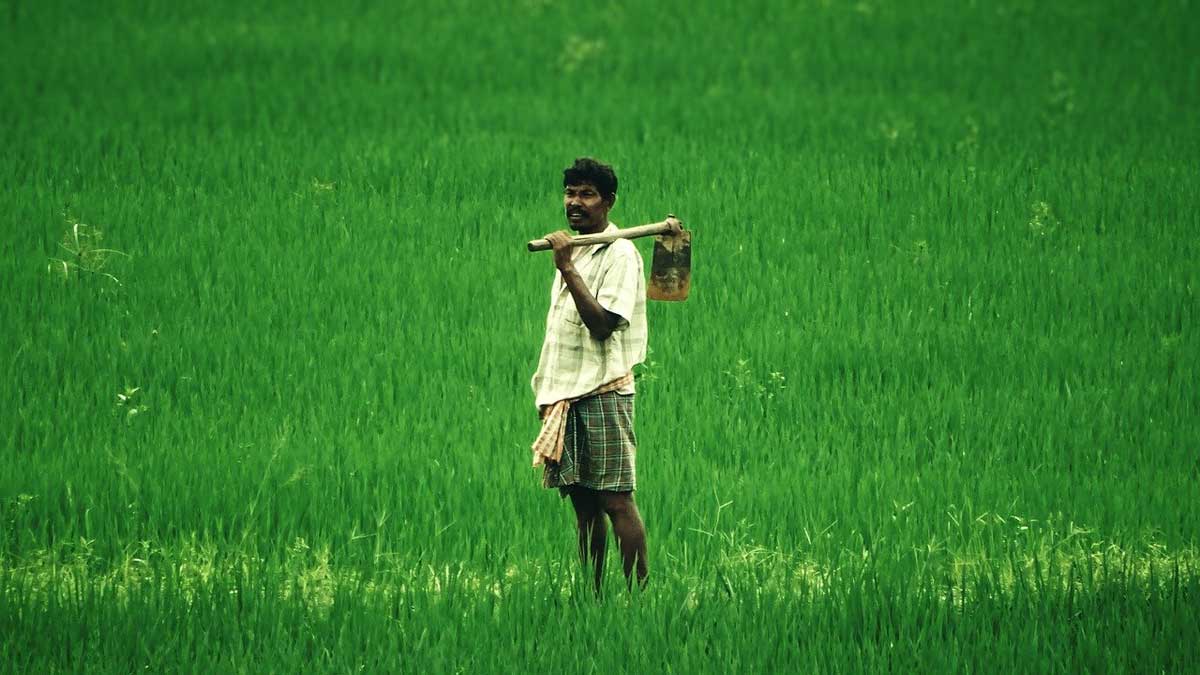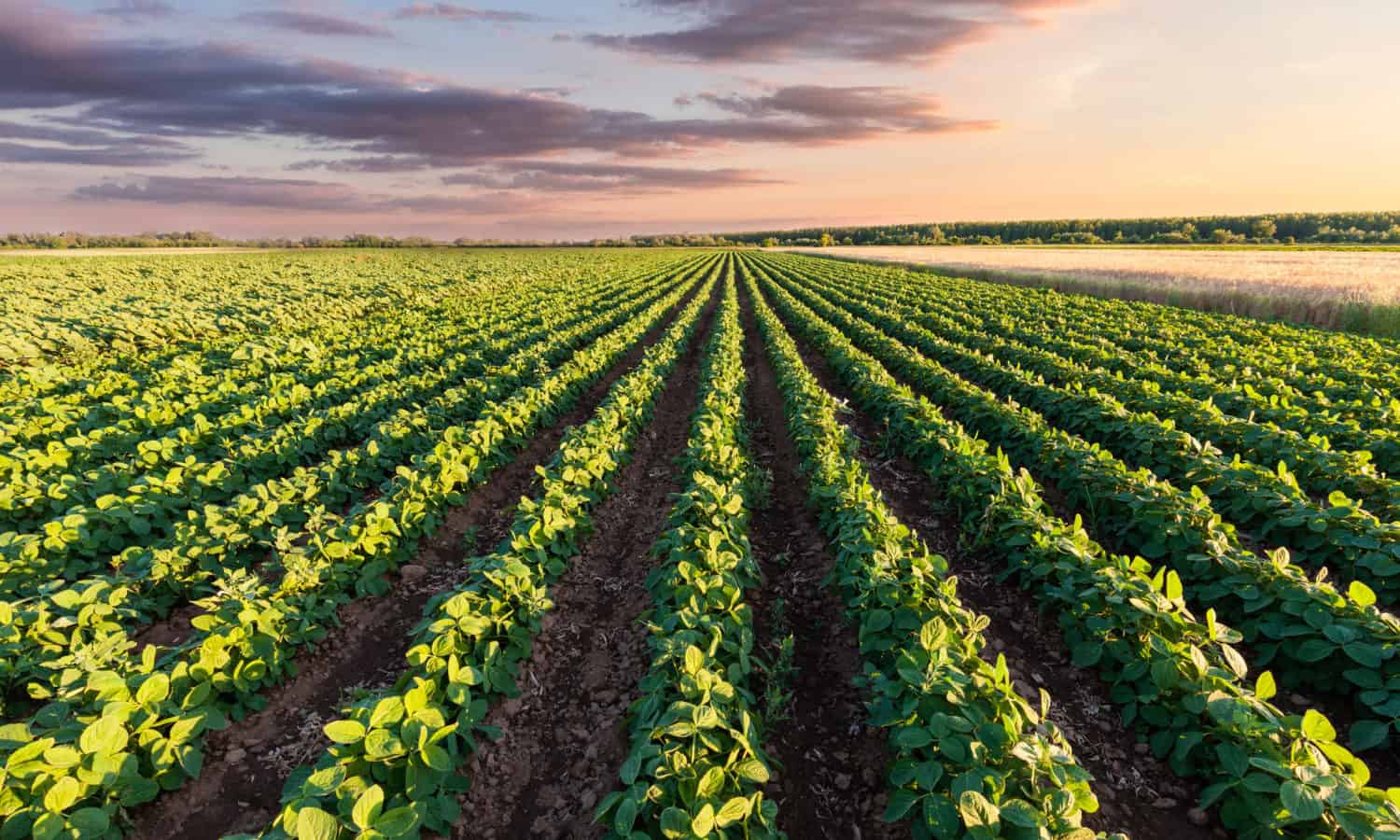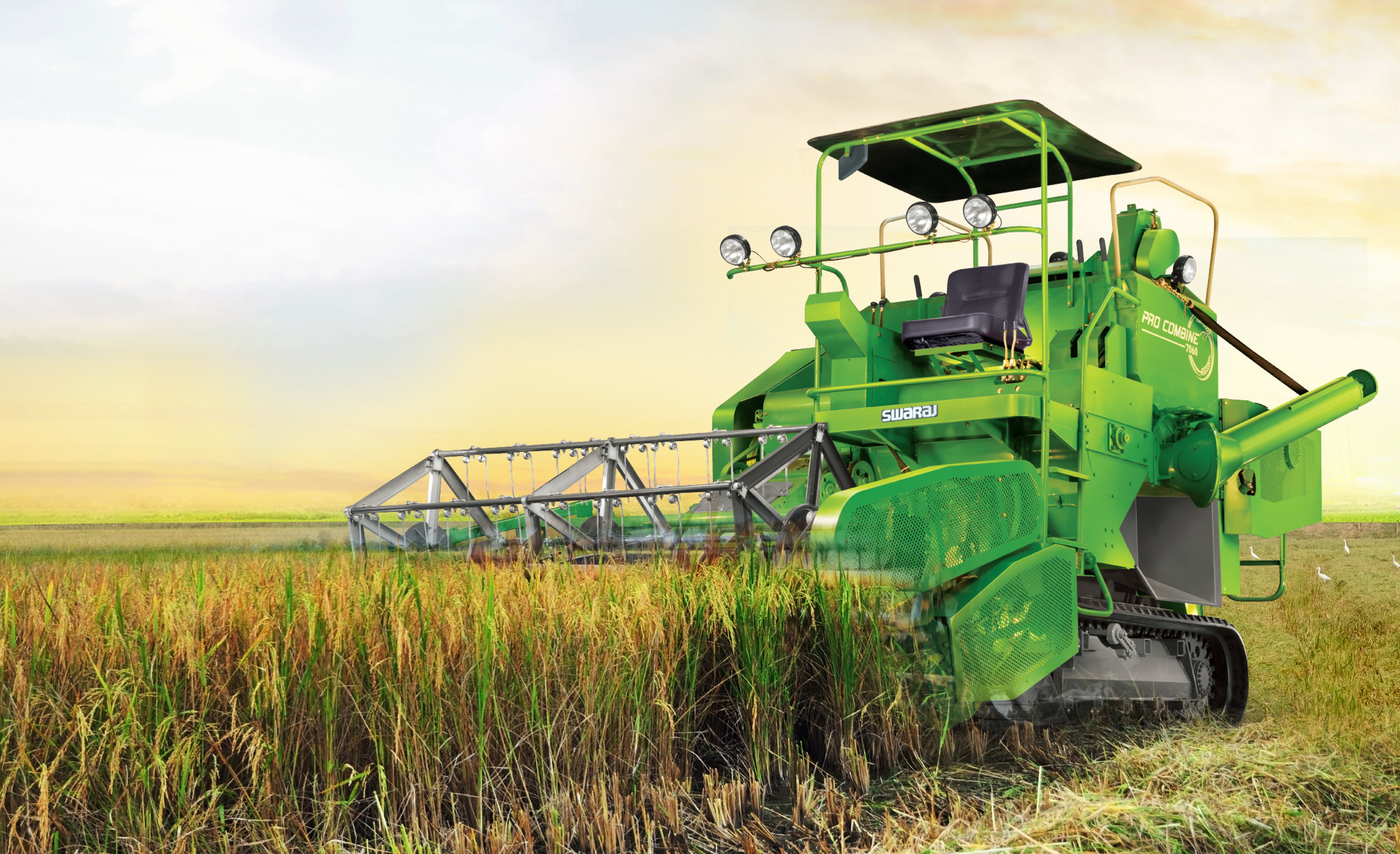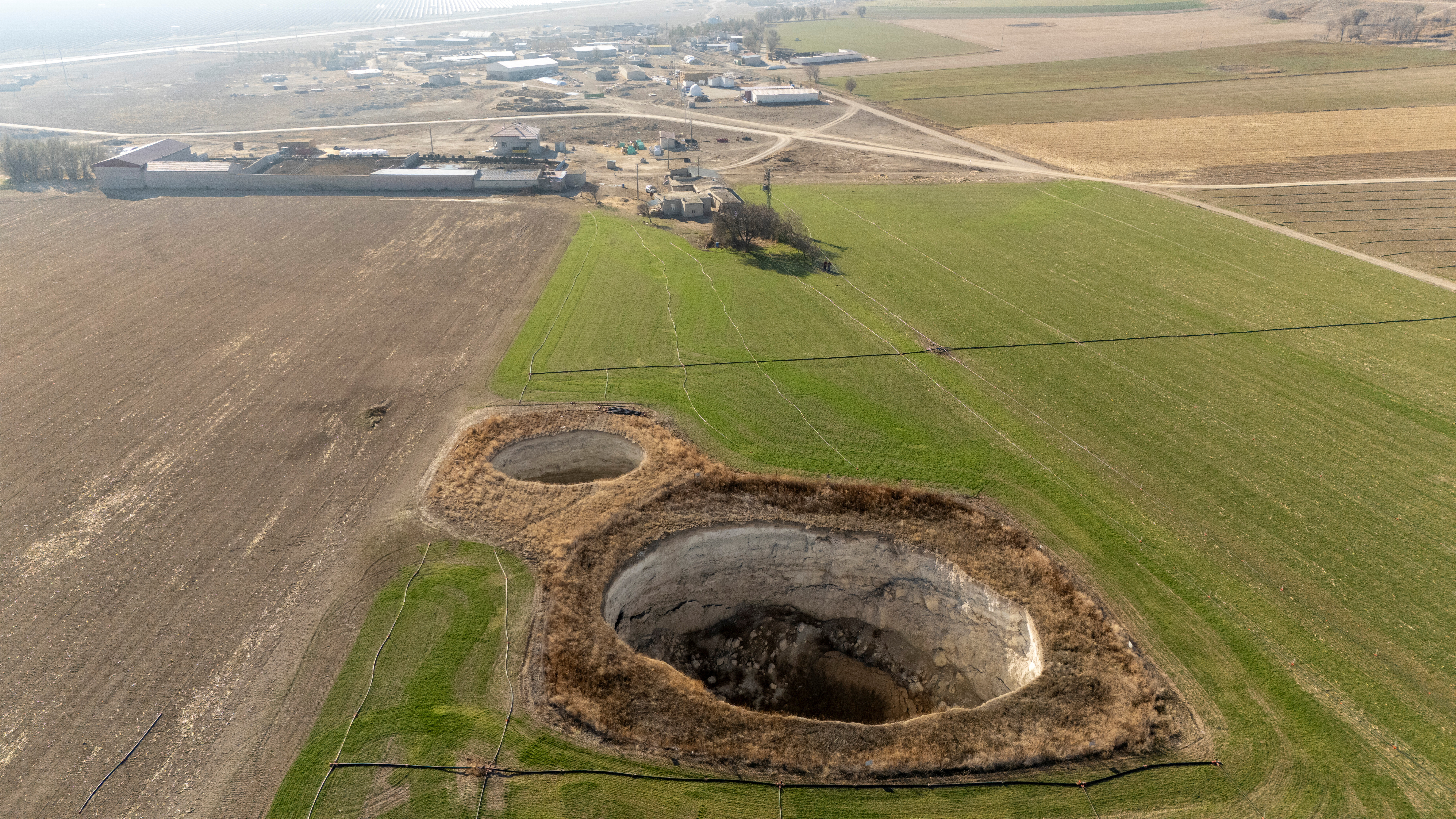UNDER THE SURFACE
Seeds rely not only on rainfall but also moisture already in the soil, which carries nutrients for plant growth and regulates soil temperature. The drought has devastated large swathes of eastern Australia's crop land, which supplies about a third of the nation's wheat. Australia’s last winter was the warmest since records began more than a century ago and one of the 10 driest, sapping moisture from the earth. Dry conditions since have only made things worse, leaving farmers to plant dry and hope for rain to salvage their crops. Last year, drought cut Australia’s output to the lowest level in a decade. This season has got off to an even worse start, with farmers planting in some of the driest soil in years. Australia’s official forecaster has trimmed its estimate of this year’s wheat crop to 21.9 million tonnes, but warned yields would fall further without rain. Some private forecasters say the crop could be as low as 13 million tonnes, which would be the lowest since the drought-stricken 2008 harvest.LOOKING DEEPER
The ground in drought-hit regions has dried out to such a depth that it is even killing large trees. Scientists have reported more swathes of forest are dying off, while farmers point to trees that have survived 100 years on their properties but which are now dying before their eyes. Deep-rooted vegetation can access moisture down to levels of about 6 metres (yards). However, these areas have been too dry for too long, and the effects are becoming visible. The map below shows deep soil moisture over the last year relative to normal levels. The east is hardest hit, with large areas of New South Wales and Queensland seeing extreme deficiencies. The current dry period is not as extensive as the Millennium drought of 1997-2005, which devastated nearly 50 percent of the country’s agricultural land and was associated with two El Nino systems, which bring hot, dry weather to Australia. But analysts and industry experts worry about how badly conditions have already deteriorated, especially since El Nino weather may be just around the corner. Source - https://uk-mobile-reuters-com.cdn.ampproject.org

